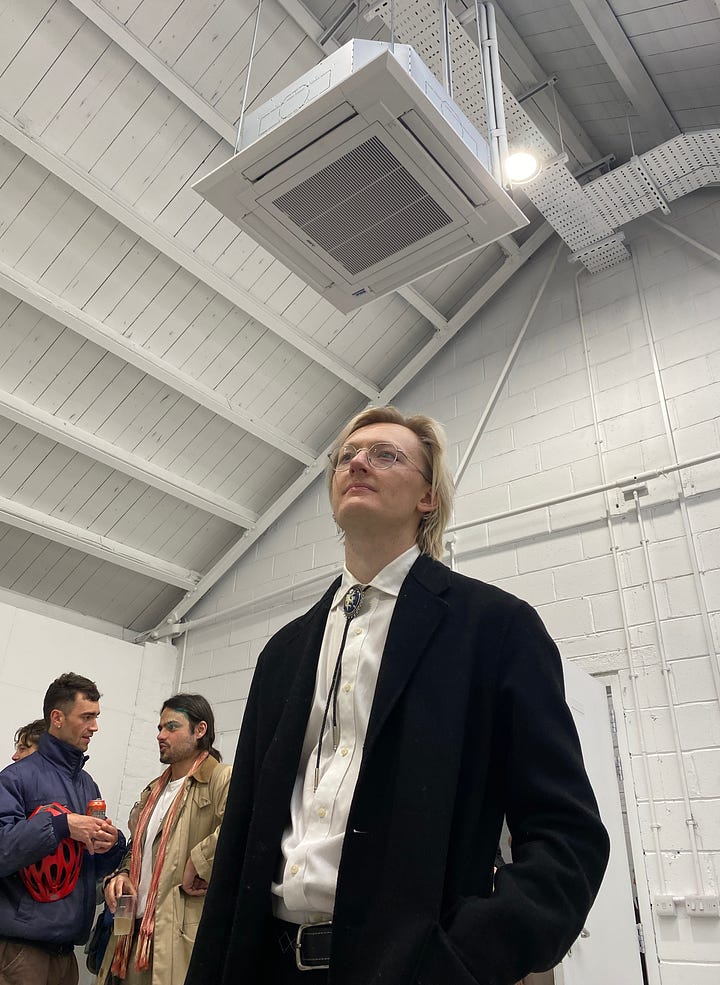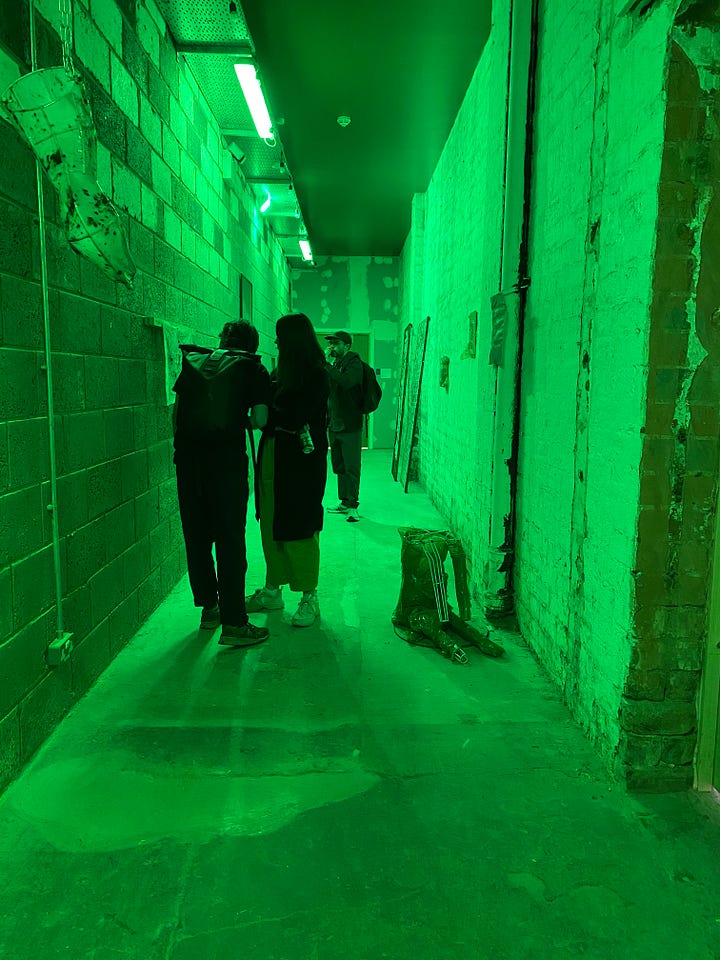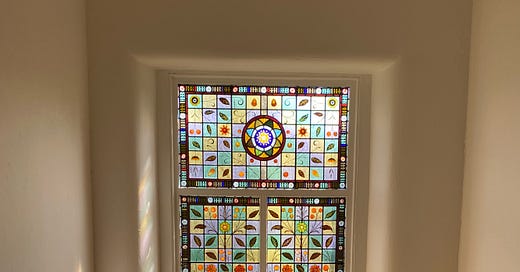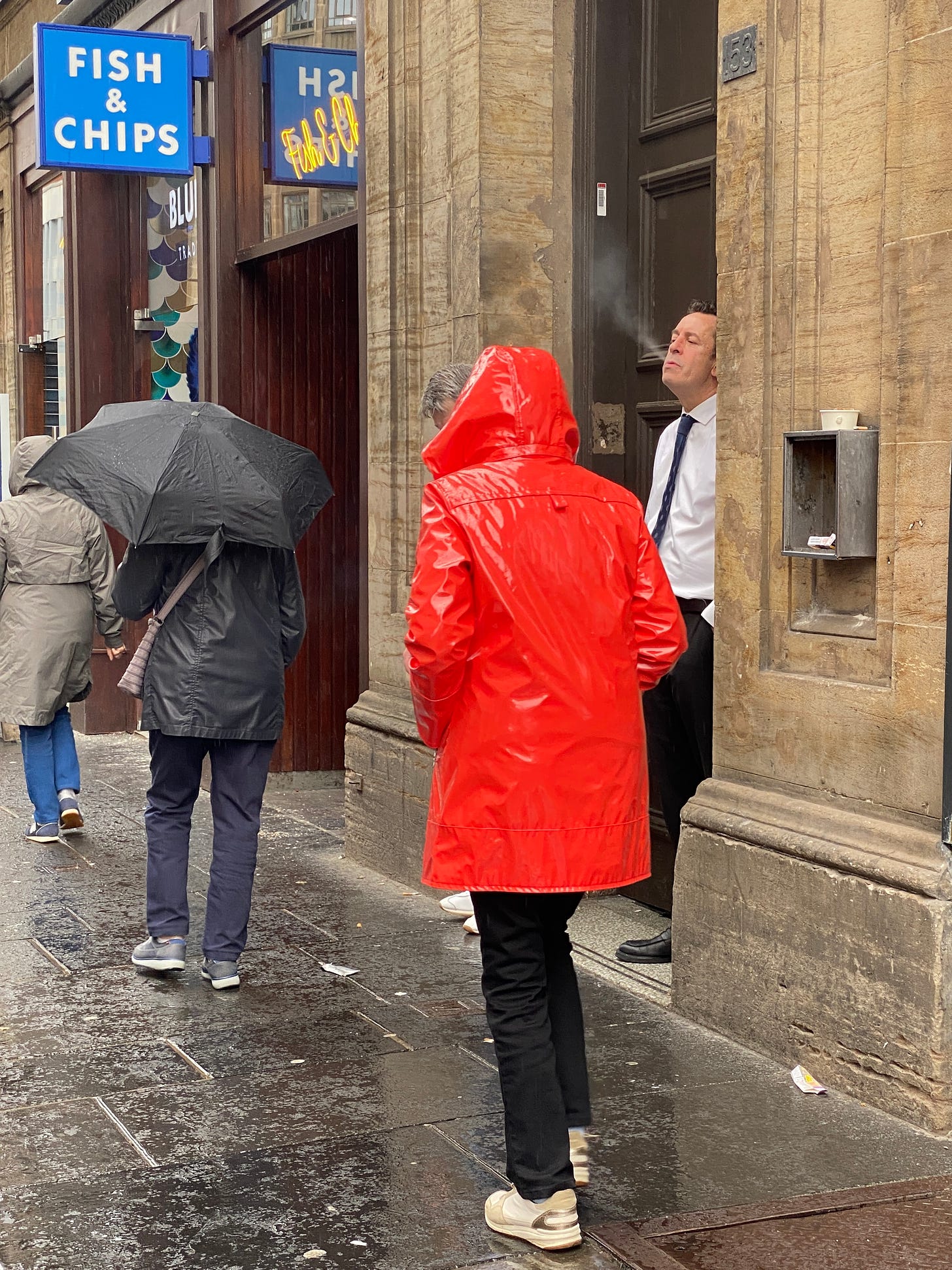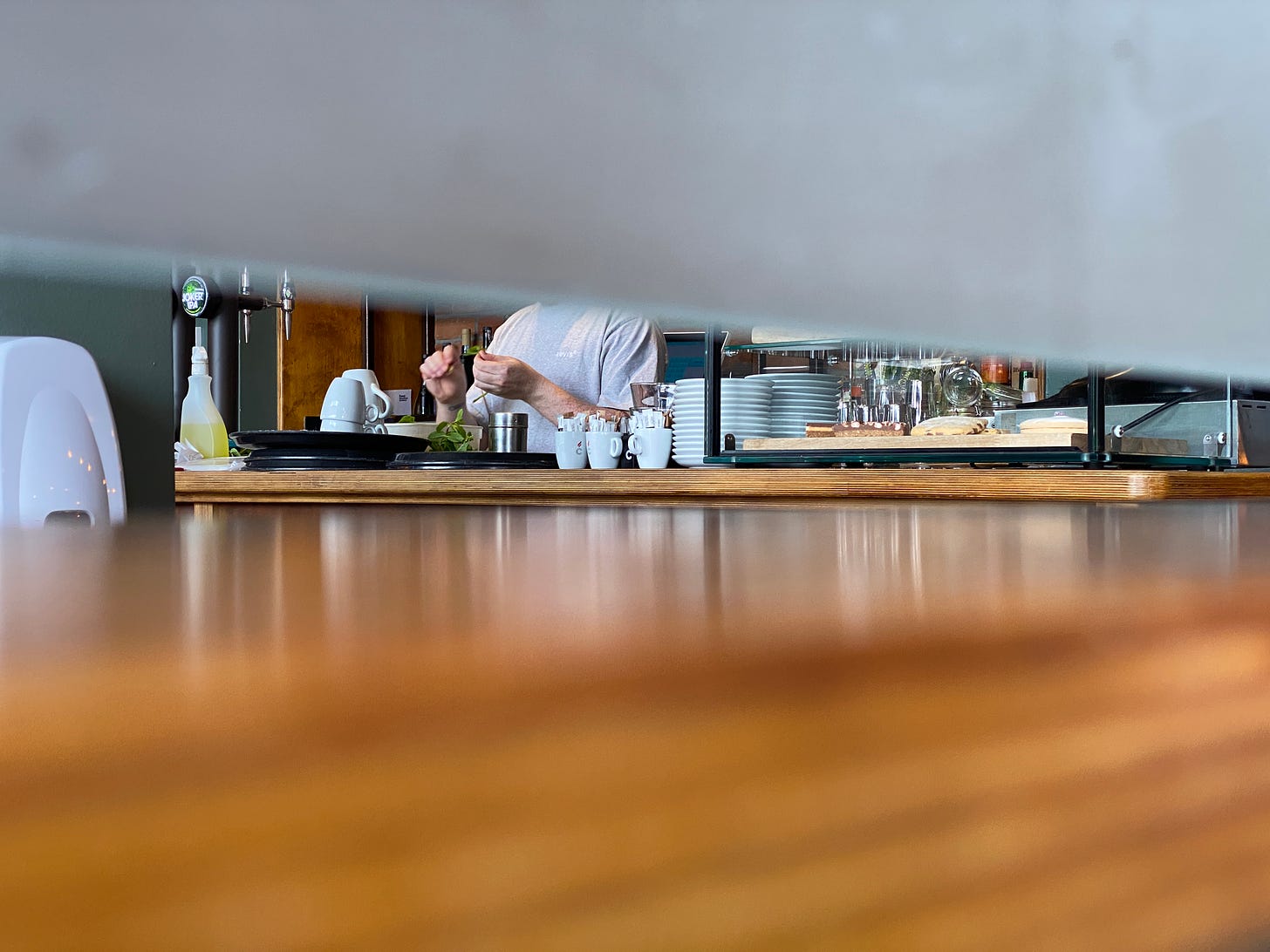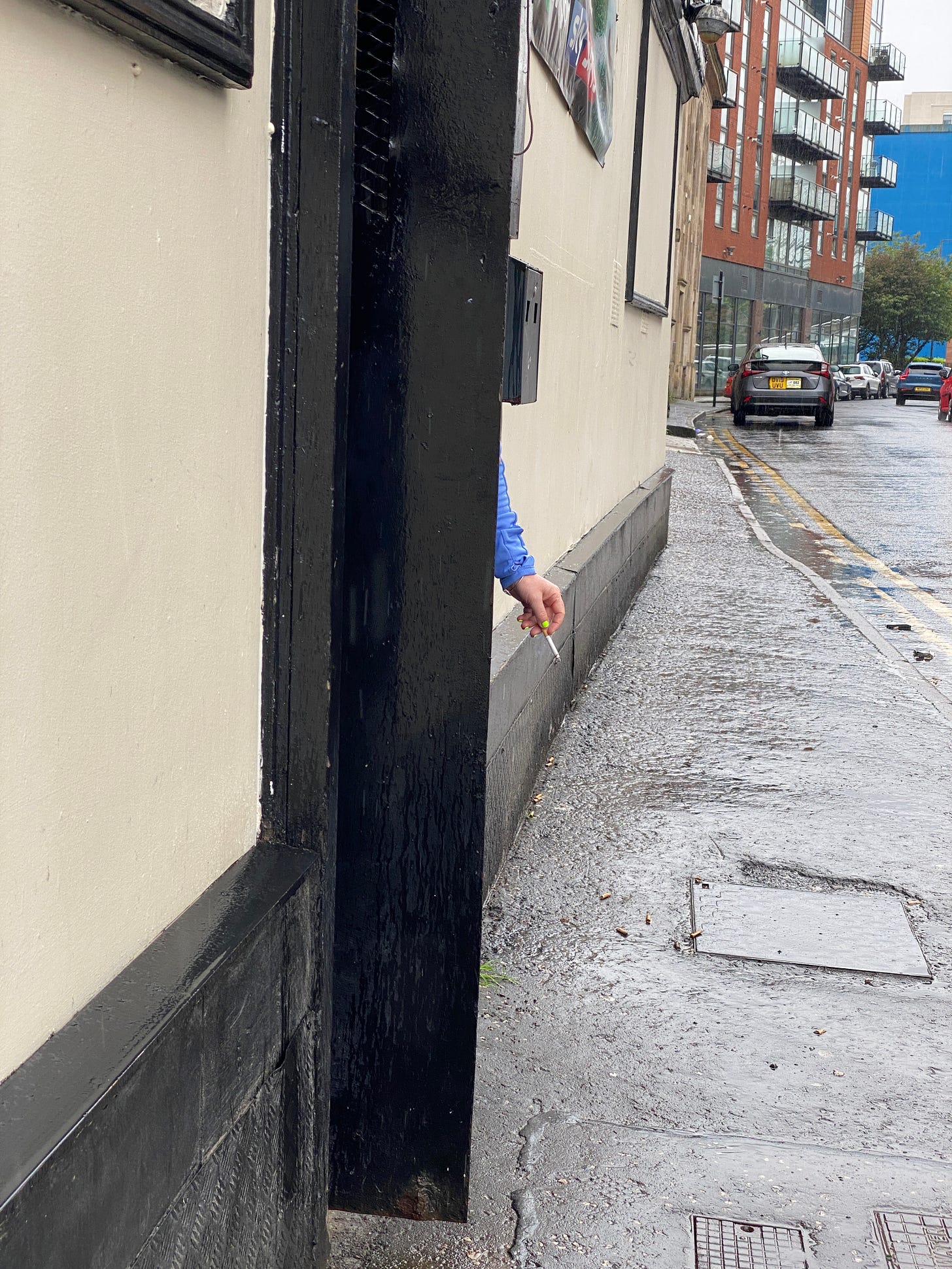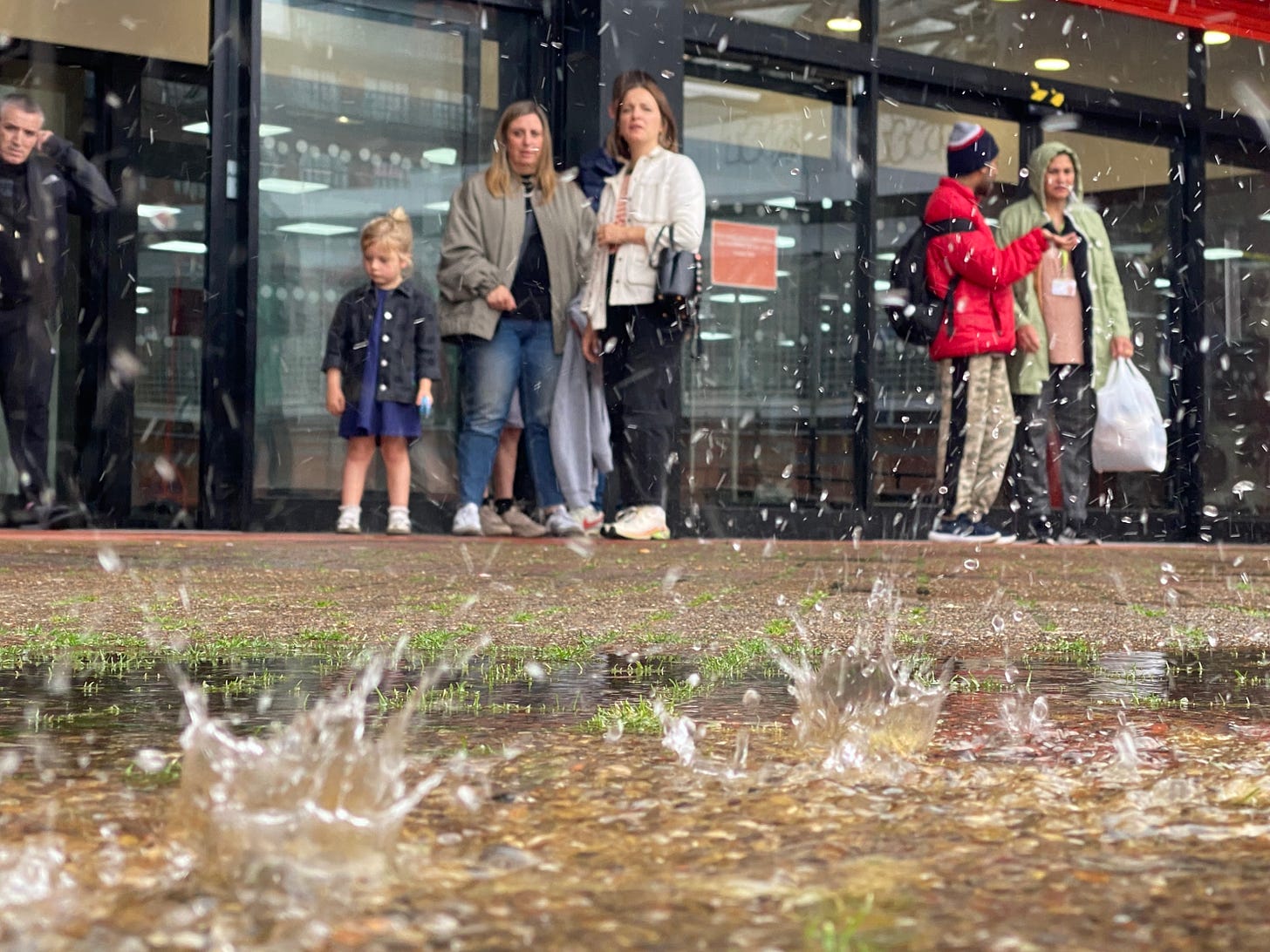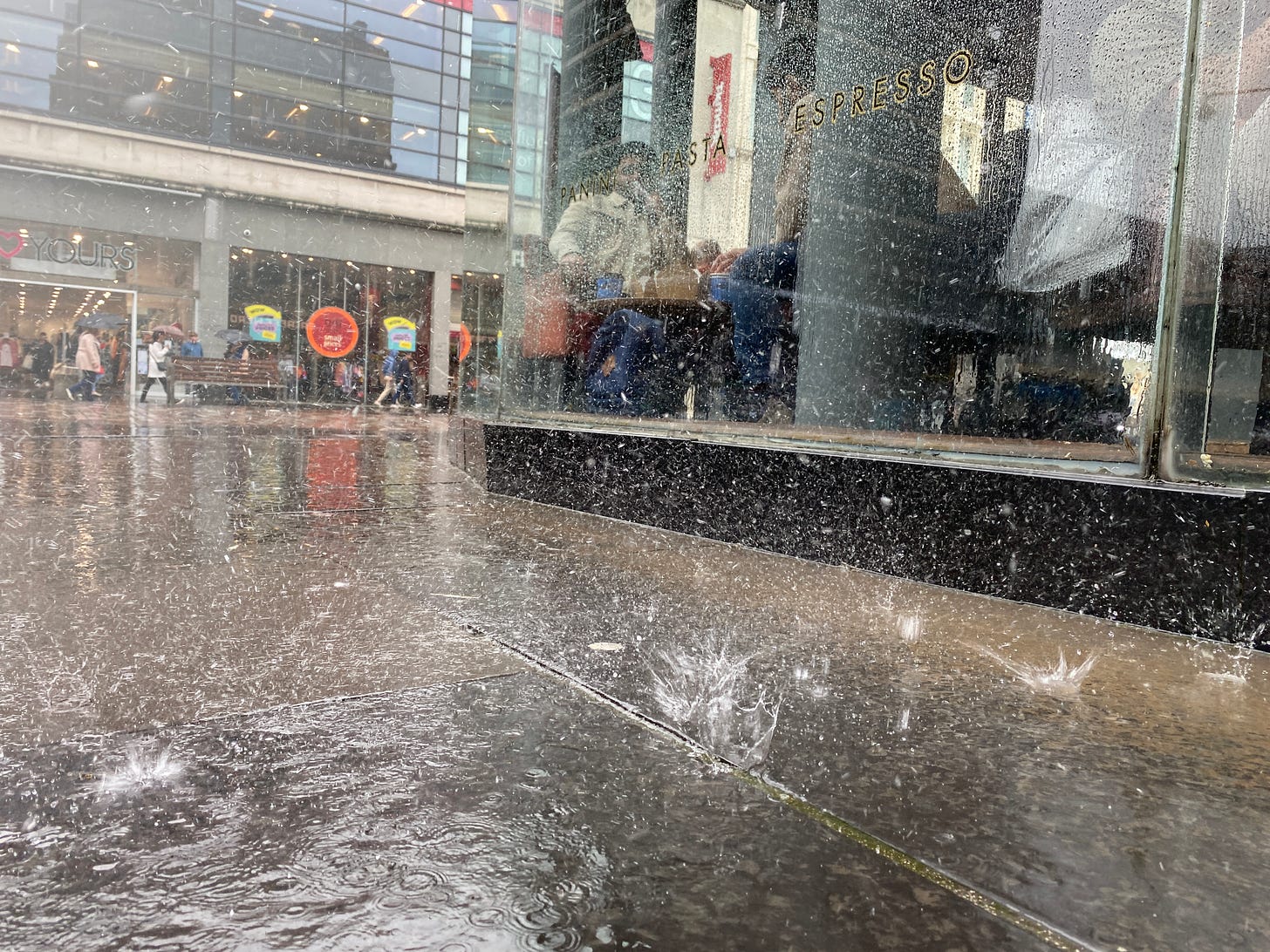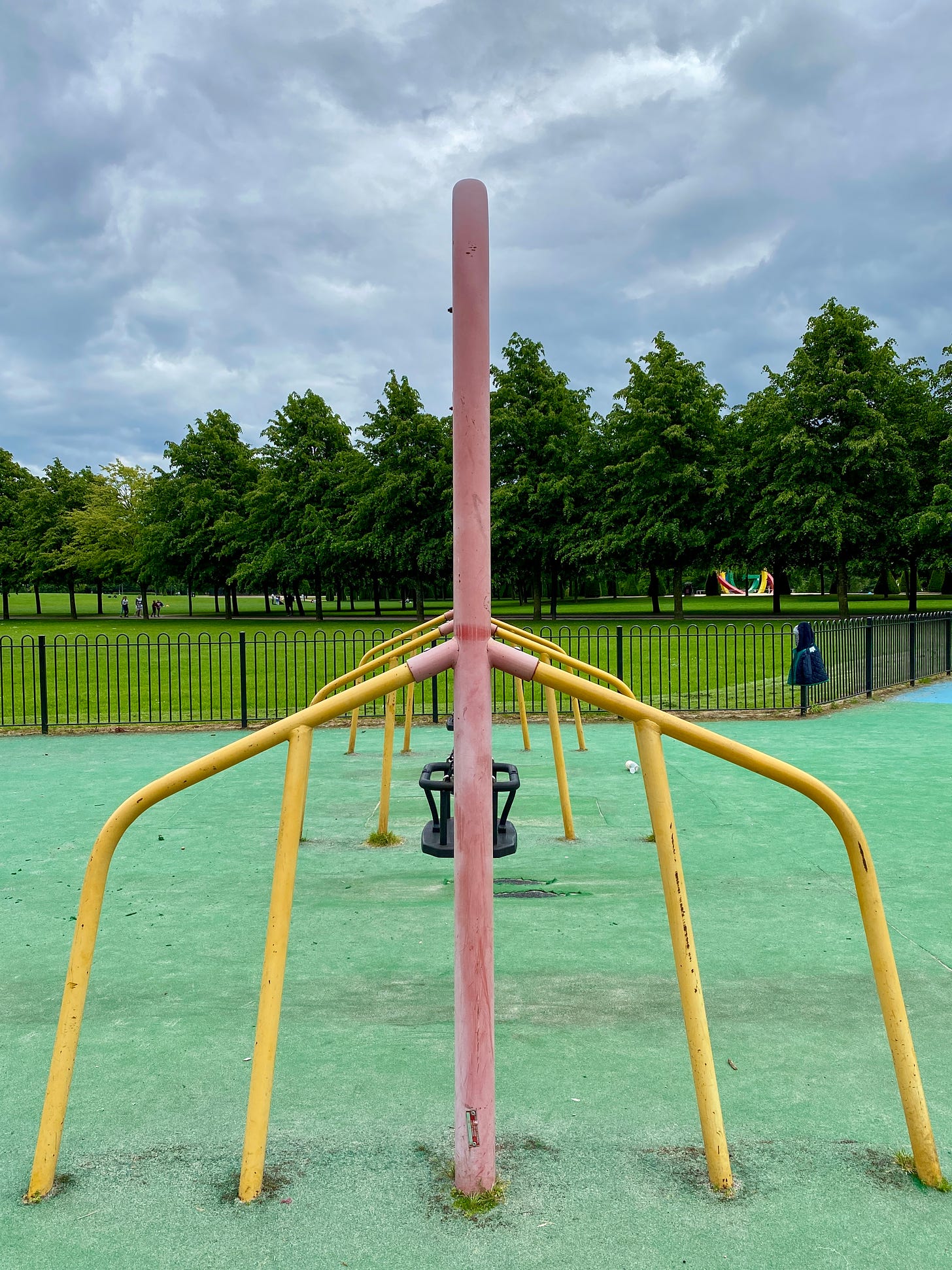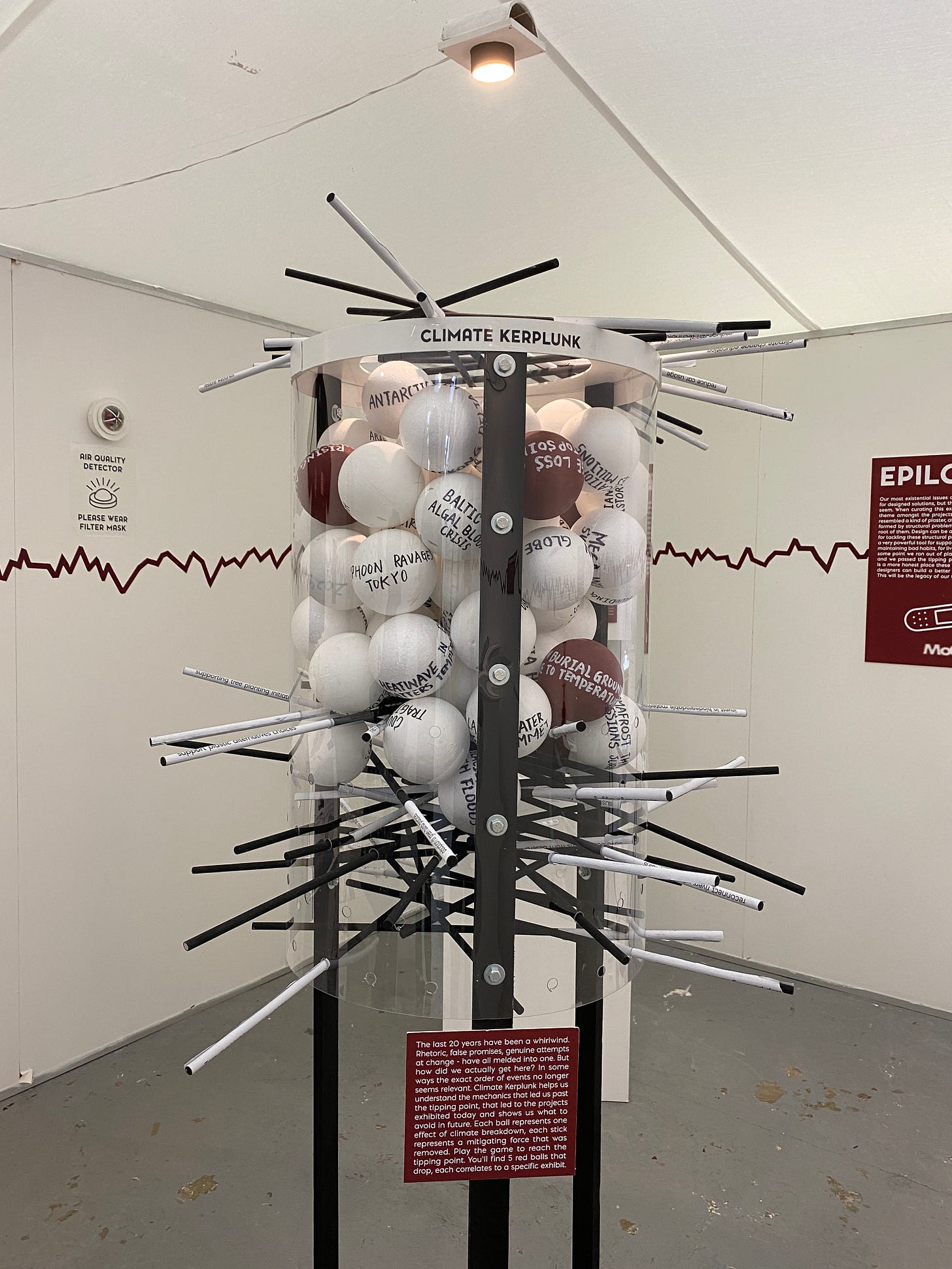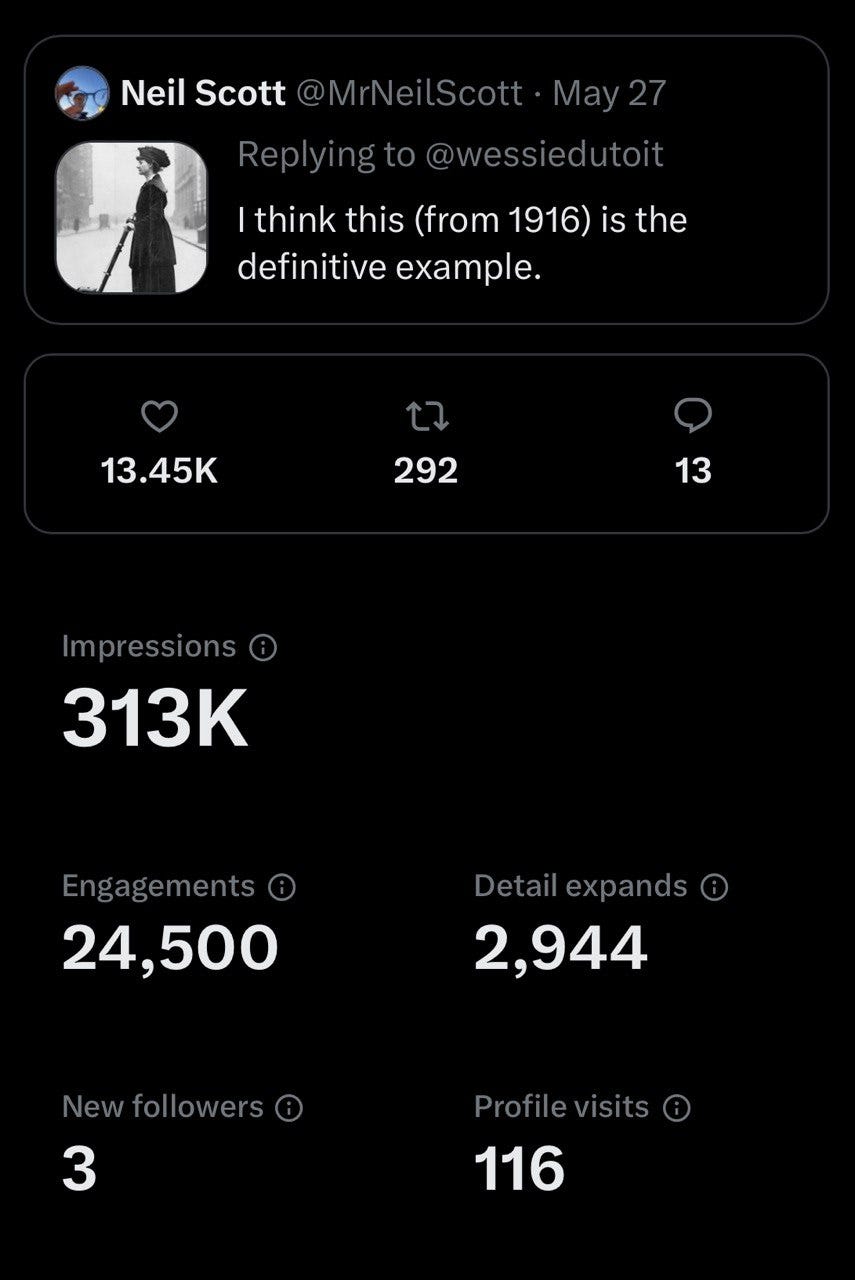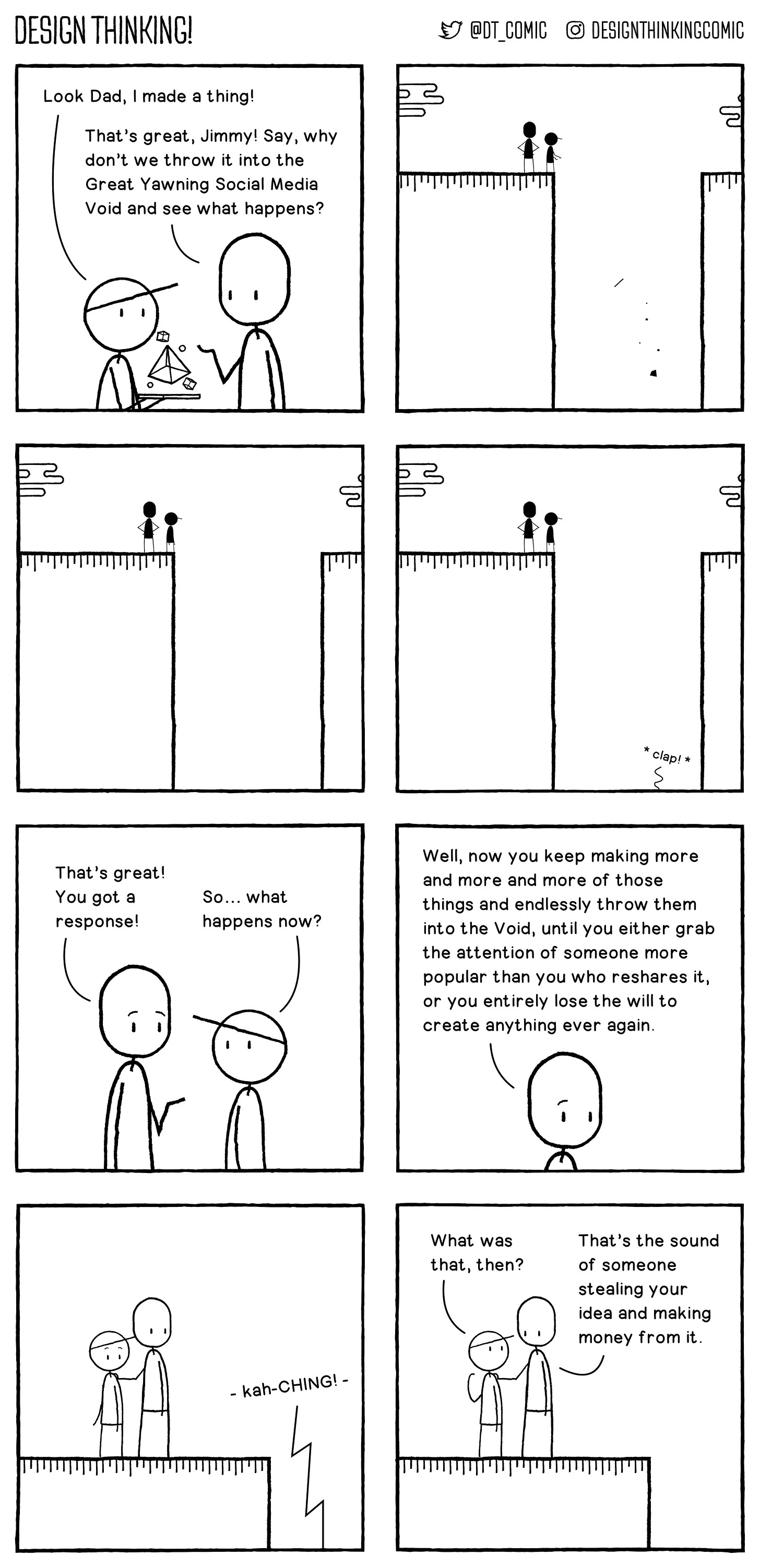The dream of the aspiring influencer is to ‘go viral’: to make something that gets shared so widely they become a superstar overnight. Each time they post is like buying a lottery ticket, except instead of cash they win hearts and minds. At least, in theory.
A more realistic metaphor for going viral is blowing bubbles. Occasionally, one bubble is bigger than the rest and floats longer ... you follow it through the ... but it bursts all the same.
For instance, my photo of a beautiful stained glass window in a Glasgow tenement went semi-viral last week. It got 231 reposts, including one from Janey Godley. However the 80,000 views amounted to four new followers and one new subscriber to the newsletter.
A couple of days later,
had a mega-viral ten million view post about a teapot. My reply to him got four times as many views as the tenement window. Yet, all this attention led to precisely three new followers.1 Going viral is not, it seems, a route to success. It is more like 's cartoon about throwing content into the void.2Relatedly, this week the Instagram algorithm didn't manage to filter out the benign AI-generated image encouraging people to put "All Eyes on Rafah", but probably did filter all the subsequent posts about decolonisation and e-sims.
Maybe social media is the problem?
Hence Substack. On Sunday, I went for a wander around Glasgow, inspired by
’s invitation for people to show a random aspect of their home town in five images for Darkrooms Magazine. There is still time to submit.Other than that, I’ve been enjoying photographing half-obscured fragments of action:
Rain:
And readymade sculptures:
Degree show season has begun and this week I visited the Glasgow School of Art’s MFA show at the Glue Factory and the Product Design exhibition at the Haldane. My highlight at the former was Beck Slack’s intense green corridor and the game of Climate Kerplunk. Don’t miss them if you’re in Glasgow.
